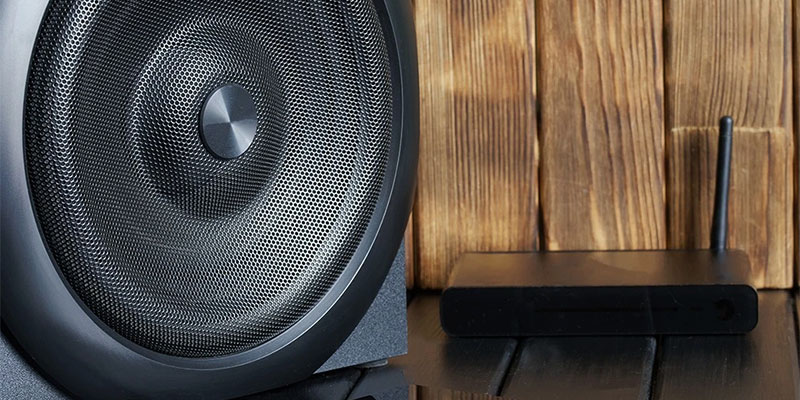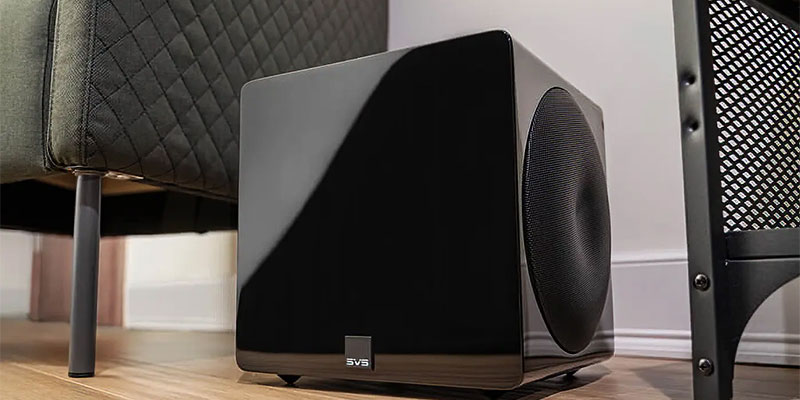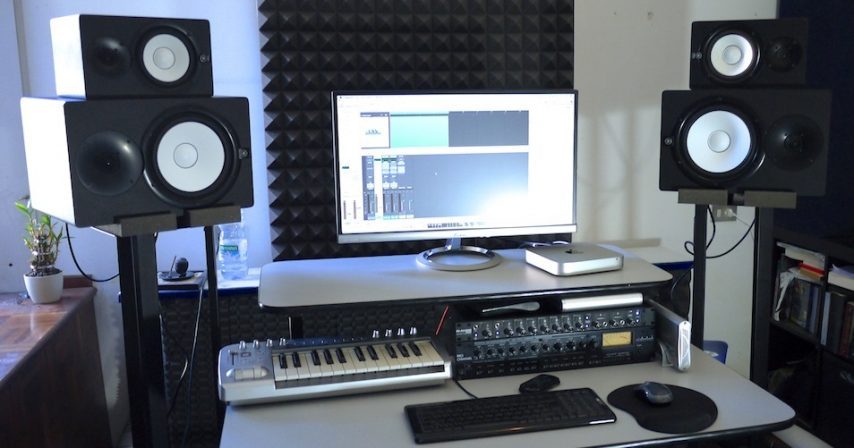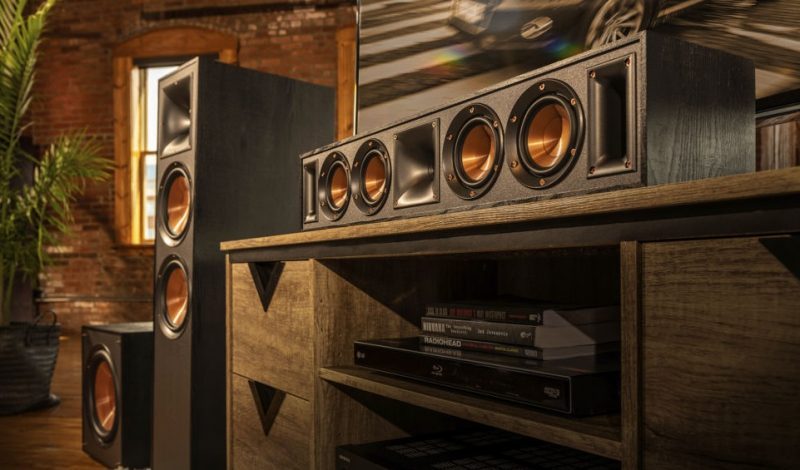Setting the Phase on Your Subwoofer for Optimal Sound

Connecting Your Car Battery the Proper Way
2021-09-28Escort Services and Combating Human Trafficking: Protecting Workers’ Rights
2025-01-26If you’re like most people, you enjoy the fuller, richer sound of a good subwoofer. But if your subwoofer is not set up correctly, it can ruin your entire system’s sound quality. This blog post will show you how to set the phase on your subwoofer for optimal sound. Keep in mind that everyone’s system is different, so you may have to experiment a bit to find what works best for you. But with just a few simple steps, you can fine-tune your subwoofer to get the most out of it. So let’s get started!
Setting the subwoofer phase the easy way
Setting the phase correctly is critical when getting the best sound quality from your subwoofer. The phase of a speaker is simply the relationship between the waveform emitted by the speaker and the waveform that reaches your ears. If the two waveforms are in sync, they will reinforce each other, resulting in increased volume and clarity. If they are out of sync, they will cancel each other out, resulting in decreased volume and clarity.
To set the phase on your subwoofer:
- Start by playing some music or a movie with lots of low frequency content.
- Then, slowly adjust the phase control on your subwoofer until you hear the bass become as clear and punchy as possible.
- Once you’ve found the sweet spot, leave the phase control in that position and enjoy the enhanced sound quality of your system!
What is subwoofer phase cancellation, and how does it affect sound quality?
Subwoofer phase cancellation is a phenomenon that can occur when two subwoofers are placed in close proximity to each other. When this happens, the sound waves from each subwoofer can interfere with each other, causing a loss of bass response and clarity.
There are a few ways to avoid or minimize subwoofer phase cancellation. One is to make sure that the subwoofers are properly aligned with each other so that their sound waves are in sync. Another is to use a single subwoofer instead of two. Finally, if you must use two subwoofers, you can try setting them up in an opposing configuration so that their sound waves cancel each other out. Whichever method you choose, make sure to experiment and find what sounds best to you.

Diagnosing subwoofer phase issues
If you’re having trouble getting your subwoofer to play nicely with the rest of your speakers, there’s a good chance that the problem is related to phase. In this article, we’ll explain what phase is and how you can use it to improve the performance of your system.
When sound waves travel through the air, they propagate in a series of compression and rarefaction cycles. These waves can be represented by a sinusoidal waveform, with the peaks representing the compressions and the troughs representing the rarefactions. The distance between successive compressions or rarefactions is known as the wavelength.
The speed of sound is constant, regardless of frequency. However, lower frequencies have longer wavelengths than higher frequencies. This means that low-frequency sound waves take longer to complete a cycle than high-frequency sound waves.
If two speakers are playing the same signal, there will be a slight delay between when the first speaker produces a compression wave and when the second speaker produces a rarefaction wave of the same amplitude. This delay is known as phase shift.
If the speakers are out of phase, meaning that one speaker is producing a compression wave while the other is producing a rarefaction wave, the waves will cancel each other out at certain frequencies, resulting in poorer sound quality.




